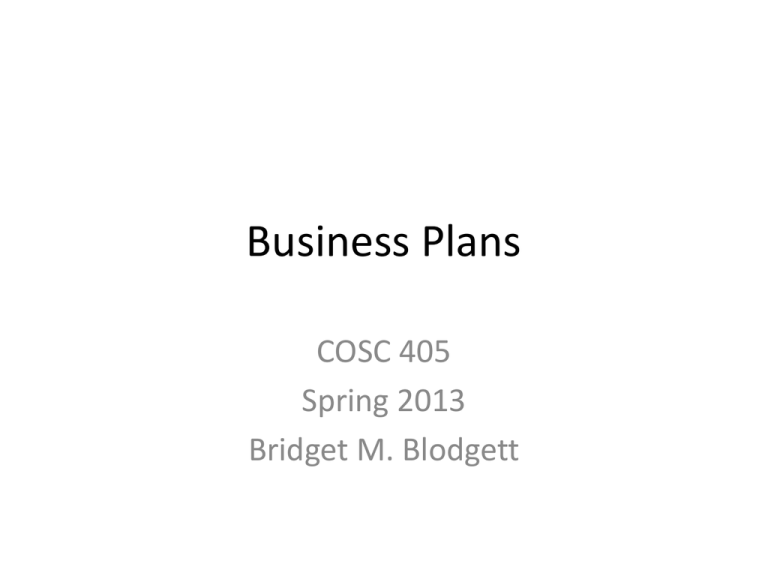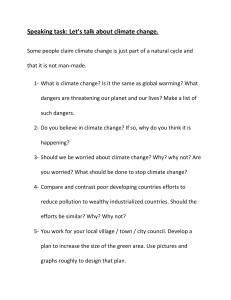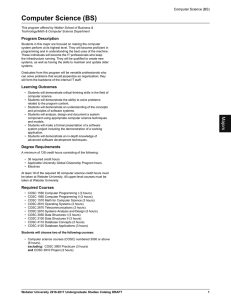Business+Plans - Negative Karma Engine
advertisement

Business Plans COSC 405 Spring 2013 Bridget M. Blodgett Business Plans • Business plans are like the design document of any company – They outline what the company is about, what its goals are, and how those goals will be reached – The point of a business plan (just like a design document) is to remove ambiguity • They are used not only by your company to make sure everyone is on the same page but by outside resources to make sure you know what you’re doing External Business Plans • External business plans have slightly different goals than internal ones – Primarily it lists goals that are of interest to external stakeholders • Contains more information about the team/organization • The focus is on the big goals the company will reach with their product Internal Business Plans • Internal plans look at the goals that need to be achieved before any of the big, external goals can be met – This can be resource generation, production of products of facilities, restructuring or management of the current resources, etc. • Often developed alongside frameworks meant to look at financial and non-financial measures of performance Types of Internal Plans • If your plan only provides general guidance on how goals will be met it is called a strategic plan • Operational plans break down the goals into internal organizations, working groups, or departments • Project plans look at the goals of a particular project (occasionally fitting that project in with the larger strategic goals) Stakeholders • A stakeholder is any “person” that can affect or be affected by the actions of the business • The general definition is, “those groups without whose support the organization would cease to exist” • Two general categories: Market (Primary) and Non-Market (Secondary) Stakeholder Mapping • Within your group come up with a preliminary list of who your primary and secondary stakeholders would be • Understand why each group you list is in the category to which you assign it Content • The content of your business plan depends heavily upon who you are showing the plan to and what you want from them • If you are trying to convince a non-profit to join you they are often worried about how will your plan matches their mission while a bank is worried about defaults on loans • Who is the audience for you business plan? What do they want out of you and your plan? Preparing Business Plans • Although the content is different there are several general areas business plans should at least touch upon: – Finance, human resource management, intellectual property, supply chain management, operations management, and marketing Format • Always have a couple of different formats ready for each business plan: – Elevator pitch – Pitch deck with oral narrative – Written presentation for external stakeholders – Internal operational plan Typical Structures • • • • • • • • • • • • Cover Page & ToC Executive Summary Business Description Business Environment Analysis Industry Background Competitor Analysis Market Analysis Marketing Plan Operations Plan Management Summary Financial Plan Attachments & Milestones • • • • • • • • • • • What problem does the company's product or service solve? What niche will it fill? What is the company's solution to the problem? Who are the company's customers, and how will the company market and sell its products to them? What is the size of the market for this solution? What is the business model for the business (how will it make money)? Who are the competitors and how will the company maintain a competitive advantage? How does the company plan to manage its' operations as it grows? Who will run the company and what makes them qualified to do so? What are the risks and threats confronting the business, and what can be done to mitigate them? What are the company's capital and resource requirements? What are the company's historical and projected financial statements?










![Morning Call Fall 2014 Pennsylvania Policy Survey Methodological Statement [5]](http://s2.studylib.net/store/data/017303332_1-8b205d1a83eedf1c7f07b28bb67c148e-300x300.png)
